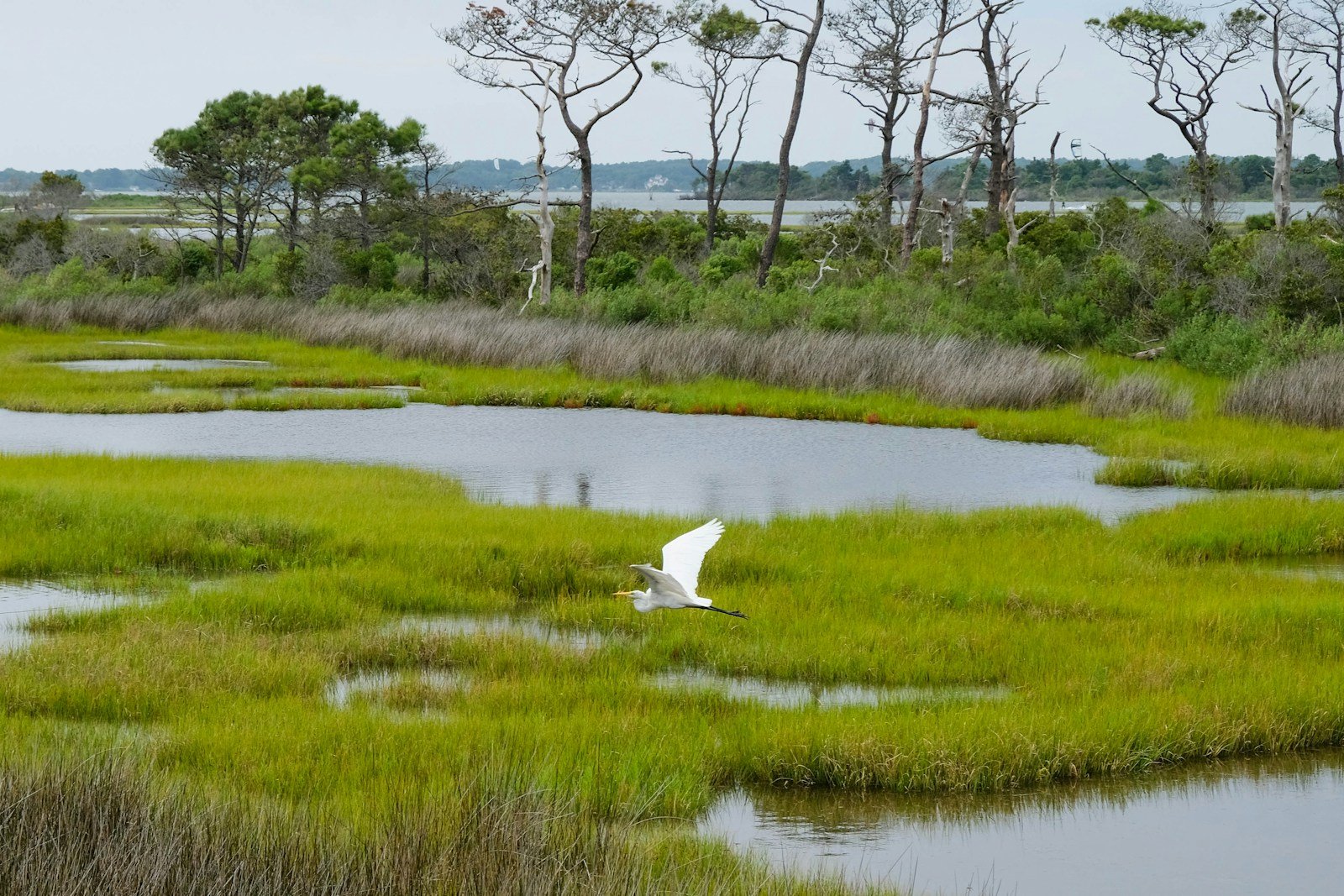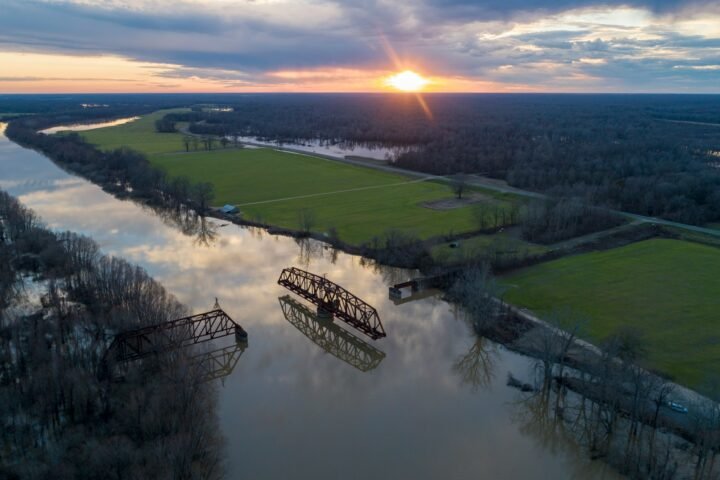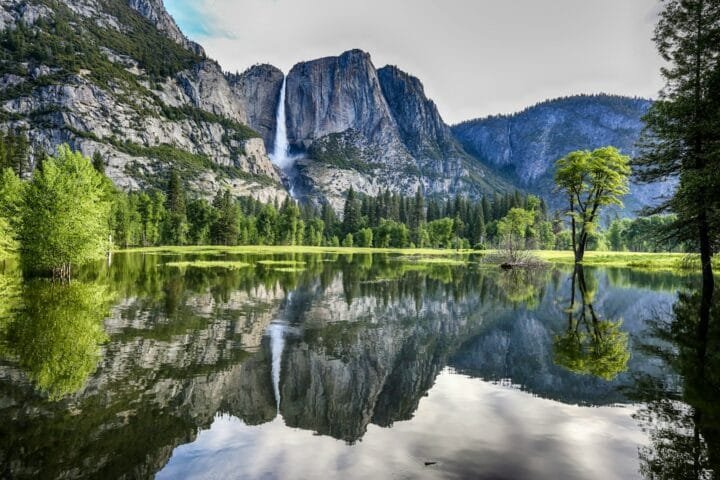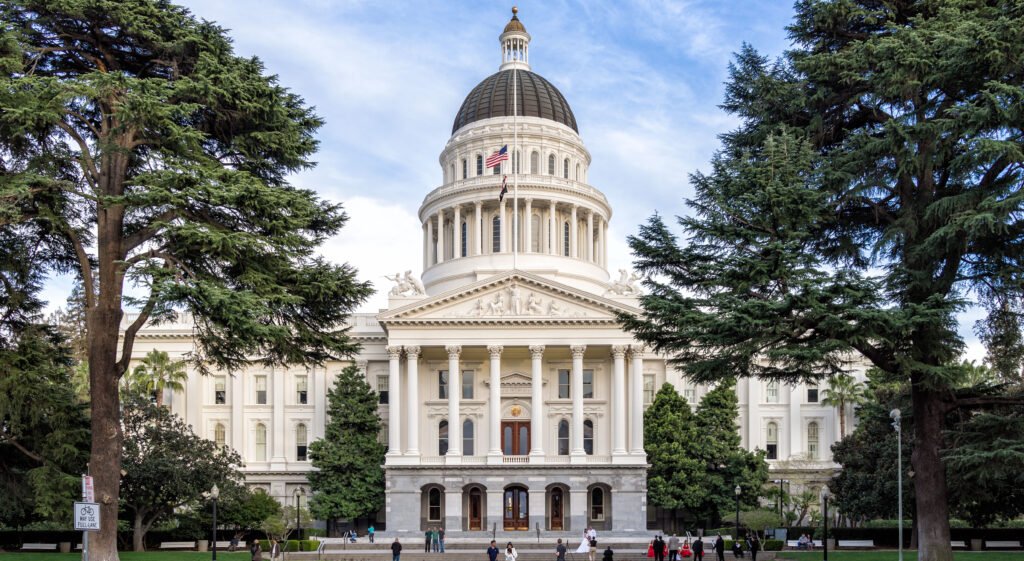They found that forest and grassland restoration significantly increased CH4 uptake by 90% and 30.8%, respectively, while, wetland restoration significantly increased CH4 emissions by 544.4%. Forest and grassland restoration had no clear effect on N2O emissions, while wetland restoration significantly reduced N2O emissions by 68.6%.
Net ecosystem CO2 exchange (NEE) in wetlands was exponentially and negatively correlated with restoration age, and the transition time from net CO2 sources to net CO2 sinks was estimated to be about four years.
The NEE of the restored forests decreased with the age of afforestation and reforestation, and the estimated switchover time from CO2 sources to net sinks was about three to five years, and about six years for the clear-cut sites and 13 years for the post-fire sites.





